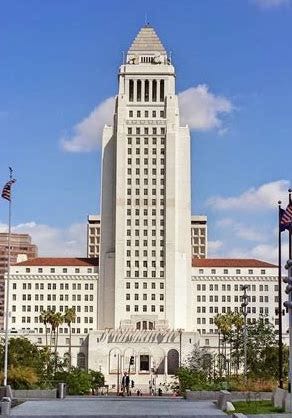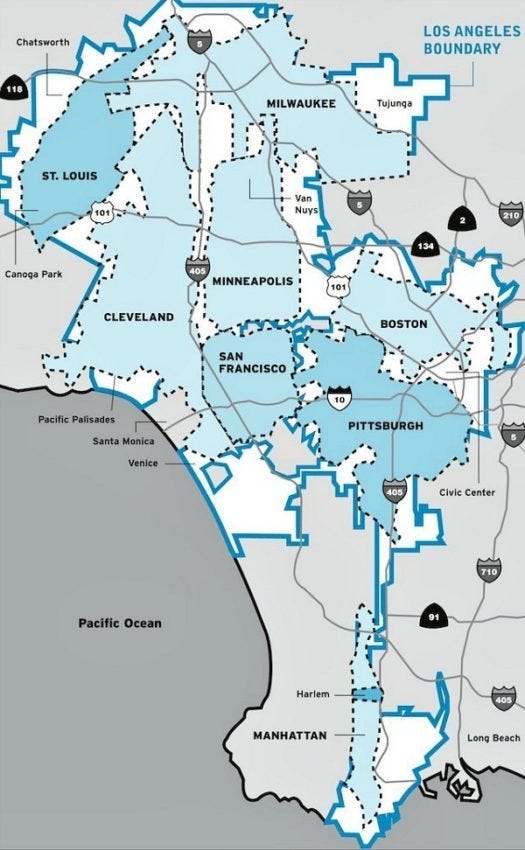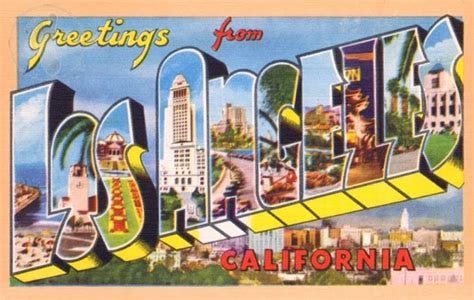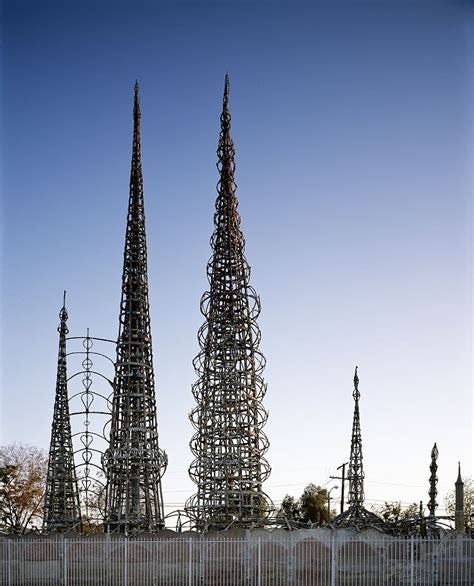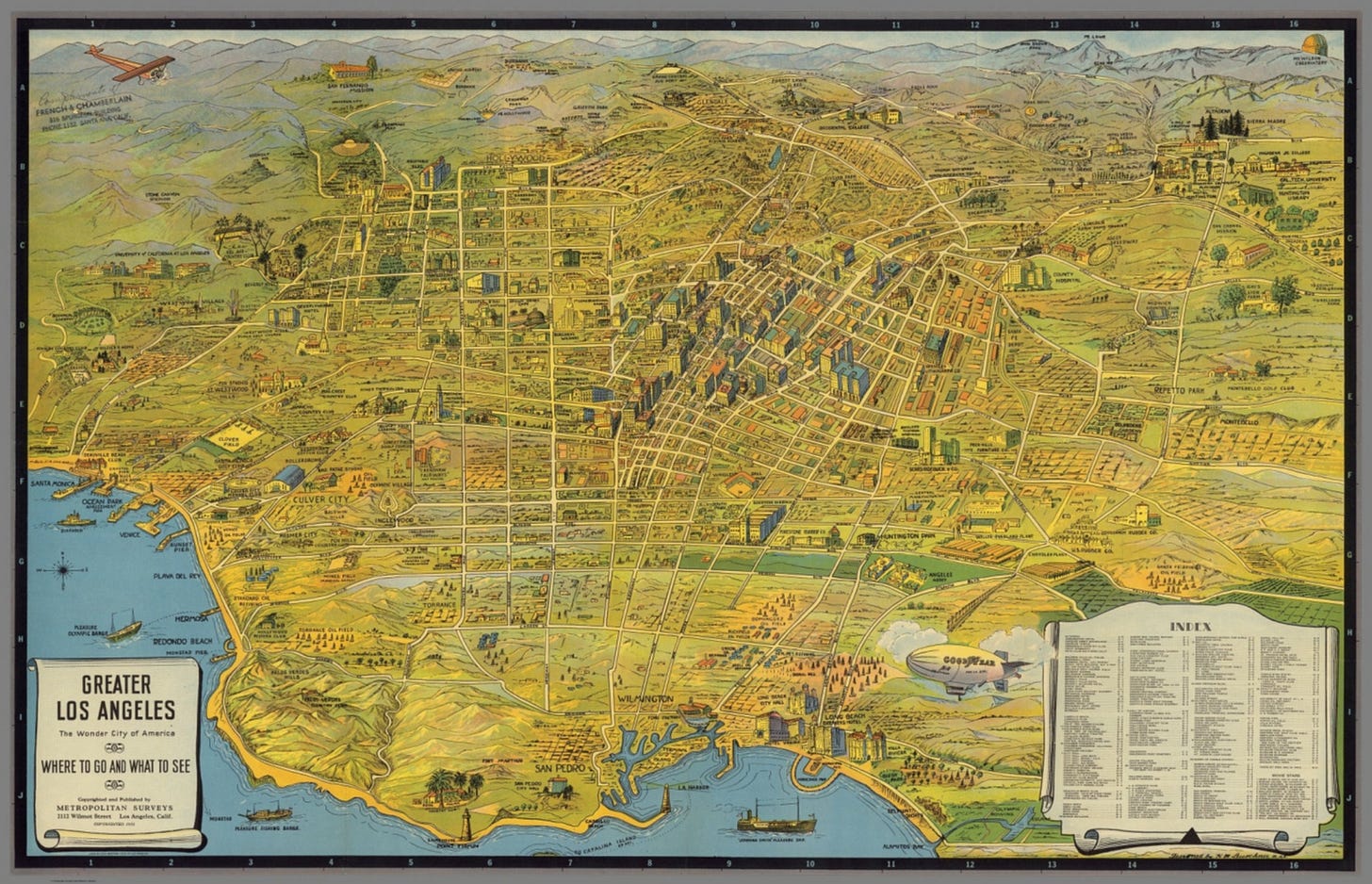It has been months since the shocking audio tape of three L.A. City Councilmembers and one union official were heard making disparaging remarks about their colleagues and people, in general. This came on the heels of other Councilmembers being arrested for taking bribes and being given undue influence.
The City Council has since proven its worthlessness by avoiding the scandal and/or proposing token reforms. Most disruptive of all has been the constant name calling and personal attacks of Gil Cedillo and Kevin de León that, in no way, can fix the problems that run much deeper than their opponents seem capable of grasping.
The City of the Angels has never been much on democracy or justice. The City of four million is run by 15 councilmembers, and behind them are the big developers who really call the shots. Justice has often been dispensed at the end of a billy club.
There is neither time, nor space in this article, to tell the story of the brutality meted out by the LAPD to Blacks, Japanese, Latinx and other people of color, as well as to union members and women of all colors.
Since the bigoted tape recording surfaced last September, many half-measures of reform have been proposed including doubling the size of the Council or instituting stricter term limits. Few have looked at the big picture, that is, bringing democracy and justice to the city.
The Vastness of Los Angeles
What we call Los Angeles has many interpretations. It is a chartered city, it is a county, and it is a metropolitan area. Here are the 2022 populations of each:
City of Los Angeles: 3,849,297
County of Los Angeles (2021): 9,829,544
Metropolitan Area: 12,488,000
As you can see, the City of Los Angeles is only part of the sprawl that most people call Los Angeles. The urban area covers several counties and many cities within Southern California. Without a unified government, chaos and redundancy thrive. So what happens in the areas outside of the city proper? Much of the same, I’m afraid. There are multiple cities, both large and small, and both clean and corrupt. Alas, too many are corrupt.
Corruption usually centers on the smaller cities in L.A. County, although we know from recent events that even the City of L.A. can have multiple officials accused of bribery. Cities like Maywood, Bell, and Lynwood are just some of the municipalities that have been tainted in the past. According to the population figures, above, L.A. County is more than twice as populous as the City of L.A. A solution must be found that gives everyone, at least the hope, of living in a clean and democratic neighborhood where they won’t be terrorized by government officials.
As long as we’re tinkering with city government, why not try to solve the problem for everyone? Let’s create a county government with a county mayor and a legislative assembly that meets every two or three months and is made up of one or two representatives of each community.
The Last Effort for Democracy in L.A. Failed
Back in 2000, the city made a major reform to its constitution. It created Neighborhood Councils in every part of the L.A. community. Most Councils encompassed around 40,000 people. The Boards of the Councils, which were elected by the local residents, were created because the city was frightened by a pending vote of the San Fernando Valley to have its own city.
At the last minute, due to heavy pressure from developers, the authority of the Councils was stripped of their ability to make binding decisions about development. As a result, they became merely advisory. It fell to the L.A. Councilmembers, instead of the grassroots councils, to make the decision about new development and gentrification.
The Councils, which still exist, received unequal treatment from the city. I was elected Treasurer of the Venice Council but was unable to finish my term of office when the city staged a coup against us. Thanks to the Public Records Law, we were able to force the city to turn over their conspiratorial emails (see pages 4-5 in this link) in which prominent officials planned ways to undermine us. Our crime? We focused on helping homeless people and even created a committee to oversee the work that was headed by a homeless person.
Our “rogue” Council also blocked several silly development plans that someone in city hall wanted badly. Even though we only had advisory power, we were able to mobilize the community for demonstrations and to pack the hearings considering various schemes the city had cooked up. The hearing officers seemed intimidated by large groups carrying signs that denounced the projects. As a result, we stopped a number of projects and, in the process, saved Lincoln Place from destruction. It was a 900-unit rental complex that had been a major source of affordable housing in Venice.
There are ways to Democratize City Governments
In a new County government, Neighborhood Councils should be upgraded to have real decision-making authority on issues in their geographical area. In order words, they should handle all local issues just as if they were small cities. That could include communities both inside and outside the City of Los Angeles. A much more representative metropolitan government, including delegates from every Neighborhood Council, could busy itself with broad-based issues, such as transportation, and natural and environmental disasters. The self-important L.A. City Council would be welcome to abolish itself.
What’s in it for the average Angelino? First of all, more democracy where it really matters, at the local level. Not to mention, less corruption (we know where they live).
There are at least three benefits to this type of structure. First, you might actually know some of your Councilmembers, since they would all live in your community. You would be able to do some informal lobbying at the local coffeehouse or in the checkout line at the grocery store.
Second, you would be able to design your own city government. You could have a few councilmembers or a lot of them, or even use the most democratic structure, the Town Hall. This is the modern version of the gatherings of all “free men” (excluding slaves and women) in ancient Athens. The Town Hall form of government is still used by many urban areas in New England and is open to all who live in the community. This is real democracy. You, not someone claiming to be your representative, is making the decisions that affect your everyday life.
Third, by adopting a local democratic structure you become an example to people across the Left Coast, and even across America. Democracy at all levels is slipping and needs an infusion of democratic ideas.
How can we democratize states and nations?
A new book about democracy casts some light on this problem. The Decline and Rise of Democracy, by David Stastavage, corrects the record that democracy originated in ancient Athens. In fact, says Stastavage, many more cities in the western hemisphere, before Columbus, adopted various forms of democracy. Europe lagged behind most other parts of the world in favoring democracy.
Stastavage goes on to make the argument that small cities are more likely to be democratic than larger entities. It seems logical that people who know each other or live the same lifestyle, are more likely to treat each other with trust and respect than are people spread over large geographical areas, various income levels, and having differing statuses in a large city.
The same seems to hold true for unions which were more likely to be democratic when everyone lived in a small community and worked in the nearby factory. Today’s unions are often national in scope and include blue-collar, white collar and union executives, all of whom have little in common compared to unions of a hundred years ago.
This being the case, how can we ever hope for reversing the growing trend toward authoritarianism in the federal government? Our only hope lies in the growing involvement of the masses, the people who today seem so passive.
How can people exert a mass influence on a powerful government that rules a worldwide empire? We can’t at present. Most of the so-called masses don’t even know their neighbors. This is what was so promising about the local councils and so disappointing when they were hobbled by the L.A. City Council.
If we are to avoid the horrors of a police state or even fascism, we have to create institutions that will allow neighbors to become friends and communities to act in unison.
More than 100 years ago, neighborhood associations abounded. Farmers had the Grange and the Farmers’ Union, while workers had local unions and beneficial associations. In the face of Jim Crow, lynchings and rampant racism, Black organizations like the NAACP and AME (African Methodist Episcopal) churches helped people survive. Even immigrants had health and welfare organizations and often built meeting halls which still exist.
Because of their close-knit communities, they were able to form powerful movements like the Populist Party, which nearly won the presidency with William Jennings Bryant. In Minnesota, the Farmer-Labor Party was the strongest political organization in the state. Even as late as the 1930s, Upton Sinclair’s EPIC (End Poverty In California) movement almost turned California on its head. Governor and Senator of Louisiana, Huey P. Long, campaigned on the program, “Every Man a King, and Every Woman a Queen,” that included a provision for a universal basic income. Like too many people’s leaders in this country, he was assassinated before running for president. His name and ideas were smeared ever after.
It’s up to us
It’s not too late for new movements to arise that will link neighbors together. The internet could become a powerful instrument for informing people on how they can get involved. Unfortunately, it’s often imagined to be the movement, itself, rather than a communications tool.
What is needed now is friendship between people who live near each other and others we encounter on our daily rounds. There is no need to recruit them to a particular political outlook. The 99 percent have the same problems and will solve them given a chance to talk to their friends and neighbors. That’s how democracy works.
The L.A. City Council, and governing bodies across the country need to encourage neighbor-to-neighbor interaction. Here are some ways to do that:
Promote walking over driving (Yes, you can meet people by walking in your neighborhood!) by closing vehicle traffic on streets, either permanently or by rotating closures. Allow stores in residential areas.
Promote city ordinances that encourage renters to form tenant unions.
Give neighborhood councils real decision-making power over new development projects.
Shift to unarmed community self-policing as much as possible. Counseling, not jail.
Use government funding for local fiestas, street fairs, cultural events, community art exhibits, farmers’ markets, and food banks.
Establish city beautification projects by hiring unemployed residents.
City funding of political elections so that working people can afford to run for office.
There are many more ways to enhance community solidarity. When people start talking to each other they usually come up with incredible ideas that never occurred to city bureaucrats or journalists. The only thing needed is the willingness to get the ball rolling. But even if the current L.A. City Council continues with business as usual, their permission is not needed for the rest of us to begin implementing our visions of a 21st Century city.



